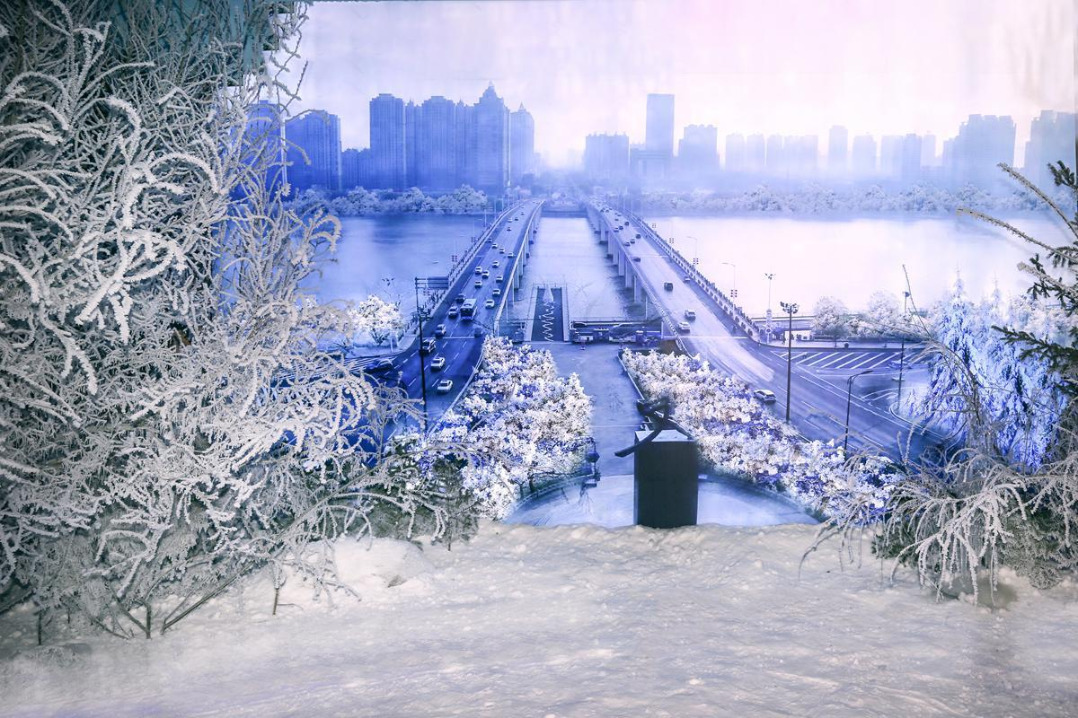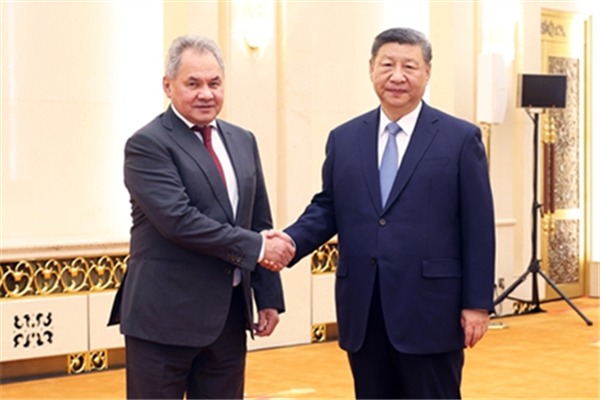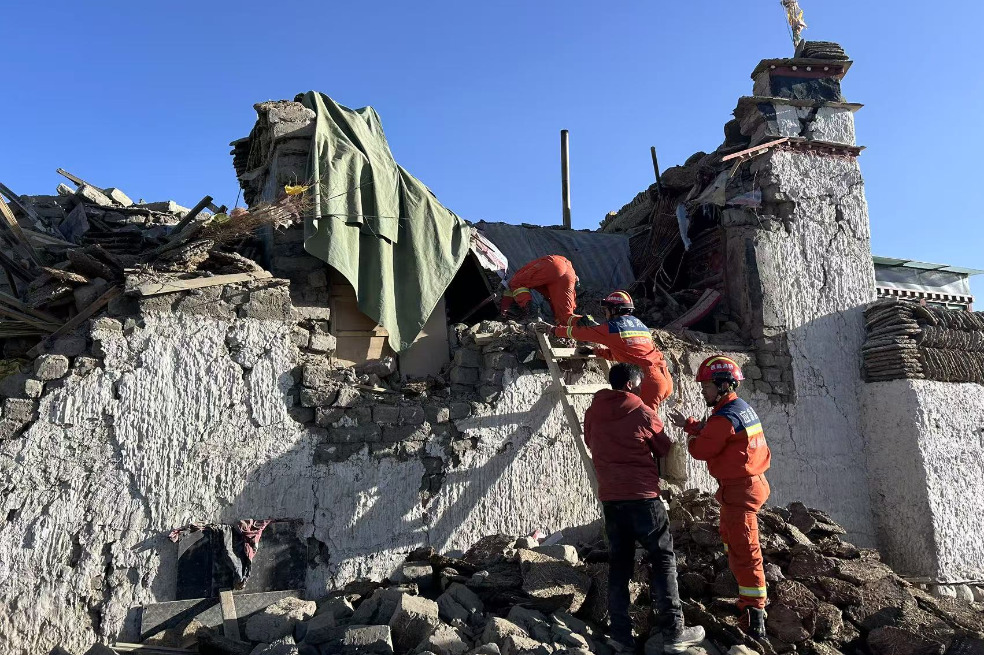Glass domes, hotel door locks, flush toilets -- innovative Mongolian yurts house wealth


HOHHOT -- On the vast grassland of Hulun Buir, North China's Inner Mongolia autonomous region, Mongolian yurts have been transformed with modern casements and glass domes. It is Burenbayar's "yurt experimental field."
The 39-year-old Mongolian operates a yurt company in Chenbarhu Banner. Over the past 20 years, he has manufactured over 3,000 kinds of yurts.
A traditional yurt, or ger, is a portable, round tent covered with animal skin or felt and used as a dwelling by Mongolians and other nomadic groups. As nomadic life has gradually faded into history, people rarely use yurts as dwellings aside from tourists seeking a peek into the lifestyles of the past.
With Burenbayar's innovative ideas injected into the manufacturing technique, traditional yurts have taken on a new look, attracting orders from across the country and raking in profits.
Born into a herders' family, Burenbayar has been a yurt fan since he was a child.
"Although I was raised in a brick house, I loved staying at my relatives' yurt on the grassland," he said, adding that his parents always had to drag him home as he was reluctant to leave the yurt.
He was thrilled to hear that one of his relatives opened a Mongolian yurt plant and offered to work there in 2000. In the plant, he learned how to erect a pole in the center, assemble windows and the door and cover the main structure with felt.
Despite the meager income of 1,000 yuan (about $143) per month in the plant, Burenbayar was delighted as he had acquired all the skills of manufacturing yurts in three short years.
In 2003, he decided to leave the plant because his relatives, who own the plant, continued to turn down his unconventional manufacturing ideas.
"He always believed a yurt should be traditional. But time has changed, and the yurts should be adapted to modern demands," he said.
In 2006, he set up his own plant. He has explored different ways to make the yurts larger and more comfortable for tourists.
The largest one he made was 30 meters in diameter, which can hold more than 100 people and is meant for performances.
"I have replaced the central wooden pole with a steel one to make the large yurt stable and wind-resistant," he said, adding that he has filed patents for several of his innovative ideas.
He has designed yurts to resemble hotel rooms, equipped with a card-inserted door lock, a shower section and a flush toilet.
"Mongolian yurt has become a must-do choice for grassland tours, and a hotel room-like yurt makes tourists feel safe and comfortable," he said.
Based on tourists' preferences, Burenbayar has also designed yurts with glass domes so that people can enjoy starry night skies. A trinity yurt has been created to house family members and friends in three rooms connected together.
Despite the changes, he keeps some traditional elements of a yurt, such as the central pole and the leather ropes to weave the wall.
"I was told by the older generations that the dome of a Mongolian yurt is a symbol of ethnic unity on the grassland, and it is impossible to support any dome if the central pole is missing," he said, adding that the traditional culture has to be preserved no matter what innovations are made.
While his company gains fame, Burenbayar has received more diverse orders, ranging from the performance venue of an evening gala for the Chinese New Year to a 1960s movie set.
His company has made an annual revenue of 4.6 million yuan, with a profit of roughly 1 million yuan. The company also brings more income to some 80 herders, including five from impoverished households.
In the tourist resorts in the city of Hulun Buir, some 70 percent of traditional yurts were produced by his company, and his yurts have even been sold in Beijing, Sichuan, Liaoning and other parts of China.
"I hope more people will fall in love with Mongolian yurts like me, as well as the traditional Mongolian culture and the beautiful grasslands of Inner Mongolia," he said.
- China renews yellow alerts for cold wave, heavy fog
- Things to watch at China's 2025 'two sessions'
- China enhances publicity, enforcement of law on cultural relics protection
- Boats collision leaves 11 dead in Hunan
- New plant bolsters resilient capacity
- Shandong revives its coastline, marine biodiversity




































